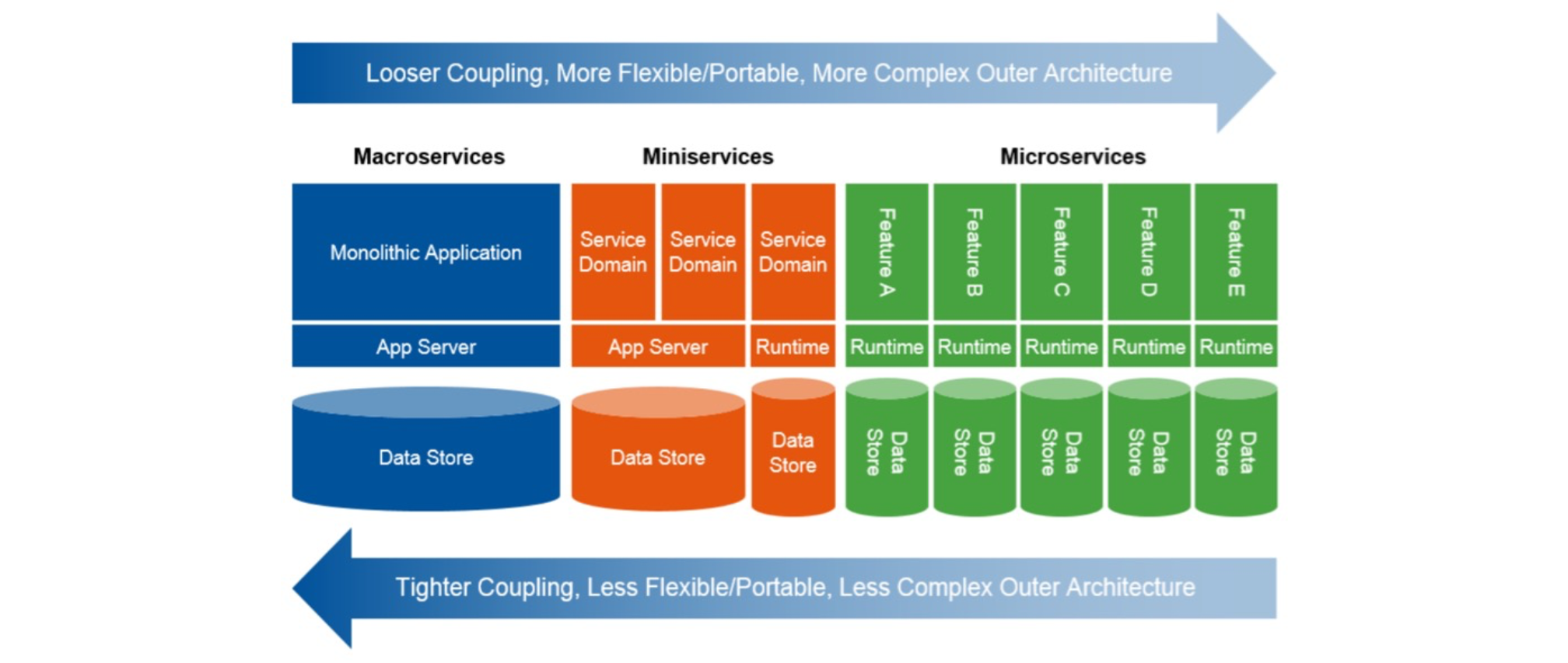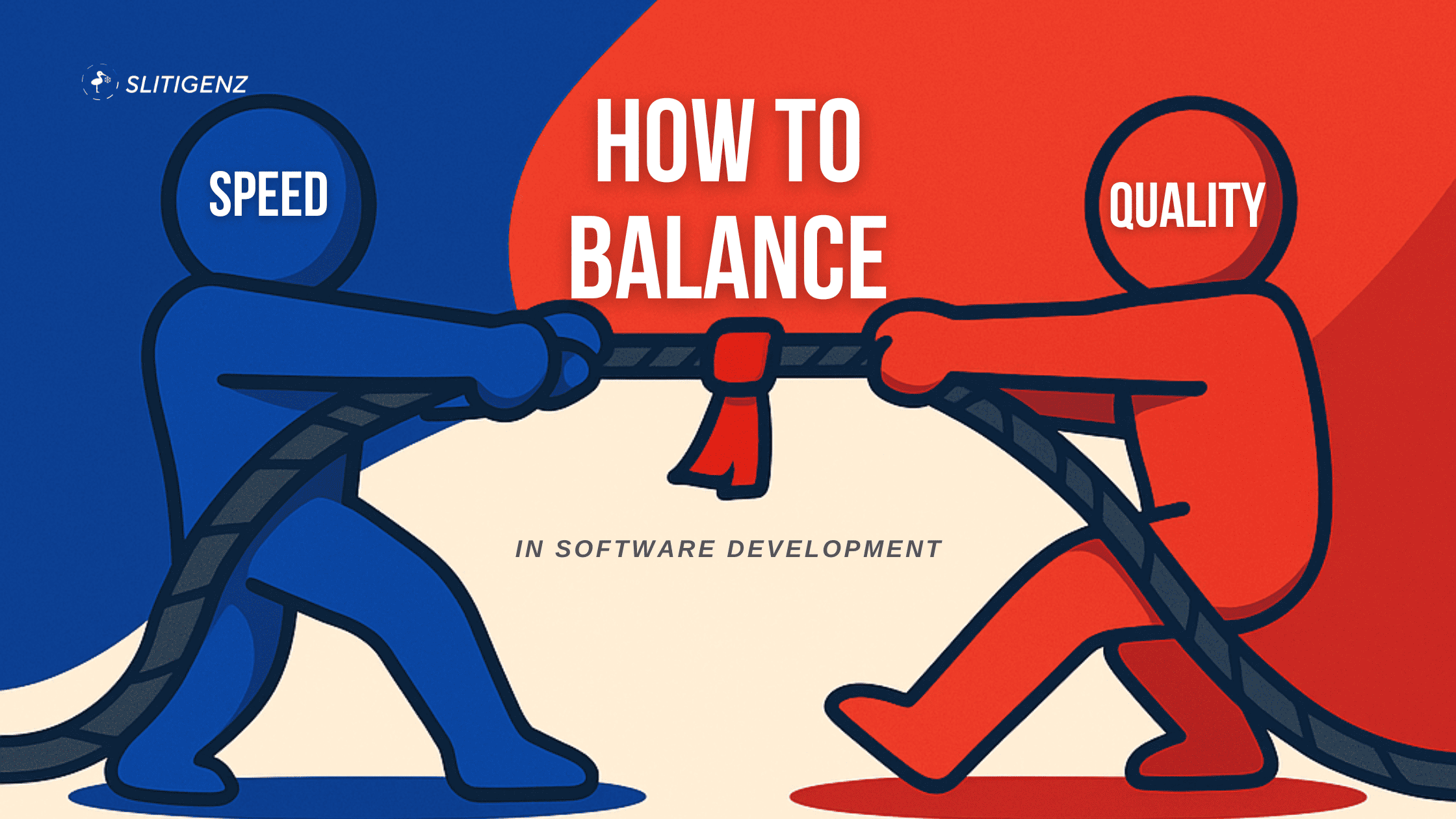What Are Microservices?

Microservices are an architectural approach where an application is broken into smaller components that are loosely coupled and independently deployable. These independent components are called microservices and typically have the following features:
- They have their own tech stack, libraries, and dependencies.
- Developers can work on them without involving the rest of the system.
- They communicate with one another via REST APIs, event streaming, and message brokers.
The key reason why microservices are used over other architectures is that they make it easier for developers to build and scale apps. That’s how microservices came to be; they originated from the need for easier development when applications were growing bigger in size.
Why do Microservices Matter?
Some of the key reasons why microservices matter to businesses is listed here –
Teams can be extra engaging and responsive to customer necessities
Companies that espouse microservices legacy architecture can be empowered with the capability to expeditiously transfer skills and experience to customers in times of their need and not be constrained with definite release schedules.
There is an increased software team throughput
Microservices developed on the propositions of DevOps and Agile provide succor to software teams to work in synchrony at the same time as iterating on discrete abilities post-haste.
Organizations make systems perform with better reliability and scalability
An effective and gainful microservices architecture is an ongoing entity. It depends thoroughly on repetitive automation, endorses detailed scalability of services and puts patterns to use that is designated to maintain an uninterrupted system functioning even at the occurrence of failures of individual components.
How outsourcing microservices helps to scale tech products

Microservice-based architecture brings a lot to the table when it comes to application scalability. It’s highly versatile and flexible, which makes it perfect for developing products that require quick changes and new functionalities on the fly. It also gives the freedom to develop particular services and deploy them independently from each other and without changing the entire system. This means that different parts of the code can be developed using different technologies. That type of design approach results in a system that is more resilient to failures – if one unit goes down, it doesn’t take the entire system along with it.
Since microservices are highly scalable and extremally fault-tolerant, they naturally increase business agility. They allow an organization to focus more on business needs and product development rather than projects, as they can be thought of as a depiction of business functionalities. This type of approach is crucial when it comes to future-proofing a product. In today’s world, business needs – both technological needs and market demands – can change drastically very quickly. It is important to invest in an architecture that can meet these demands. Microservices are a viable solution that allow businesses to easily reshape parts of a system as needed.
Scaling up an existing system, especially moving it to V2, may be a challenge. Choosing the right architecture for the job is of key importance. For many companies, microservices check all the right boxes when it comes to system scaling. This should not be a surprise, since they allow for easy and rapid scalability thanks to unit-based autonomy and make development fast and hassle-free thanks to technology independence.

AI is increasingly embedded in software engineering workflows, and selecting the right AI coding agent has become a key differentiator...

Speed and quality in software development are not mutually exclusive, but they are often in tension. Many engineering teams face...

Want to deploy a static website on AWS EC2 using Nginx in under 15 minutes? This guide will show you...

What Makes Grok-3 Stand Out? On February 18, 2025, Elon Musk and xAI officially launched Grok-3, an advanced AI model...

